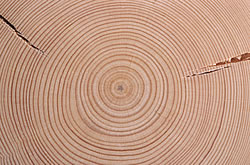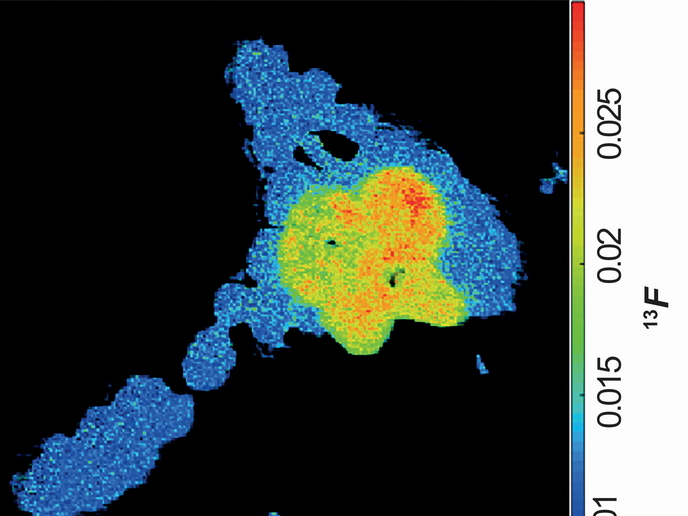Non-destructive analyses of historic paper products
In response to being able to provide efficient determination methods a Slovenian university has pioneered a prototype instrument that employs the use of ultra-weak light omitted from organic materials. Technically known as Chemiluminescence, it is a process whereby extremely weak light is emitted during a chemical reaction and is acknowledged as a welcome alternative to the traditional accelerated ageing processes. To determine the lifetime of organic material like paper products, traditional methods have employed the use of accelerated ageing processes. However, such processes require several stages which are both laborious and time consuming and are rarely executed. Furthermore, single accelerated ageing process methods are unable to return conclusive information, and as a result of the erroneous conclusions derived, these results have been called into question. The Slovenian prototype was developed to estimate the adequacy of paper conservation treatments for cultural heritage preservation, but it can be used to estimate the durability of other materials. Typical examples are polymeric materials, foodstuffs, pharmaceuticals and textiles etc. and at basic scientific levels it is particularly useful for the elucidation of oxidative degradation mechanisms. Comparable advantages of chemiluminescence as opposed to the ageing process are the provision of new knowledge on degradation mechanisms and its speed and reliability. In addition, an easier and faster evaluation of the degree of stabilisation of certain conservation procedures can be obtained, and unlike the ageing process, chemiluminescence is a non-destructive evaluation technique. The results thus far obtained with the prototype still need to need unambiguously correlated with the actual degradation processes, so practical applications remain limited. However, the prototype is currently available for testing and is on display at the Papylum workshop, whilst a comprehensive report is made available on the project 's homepage.







